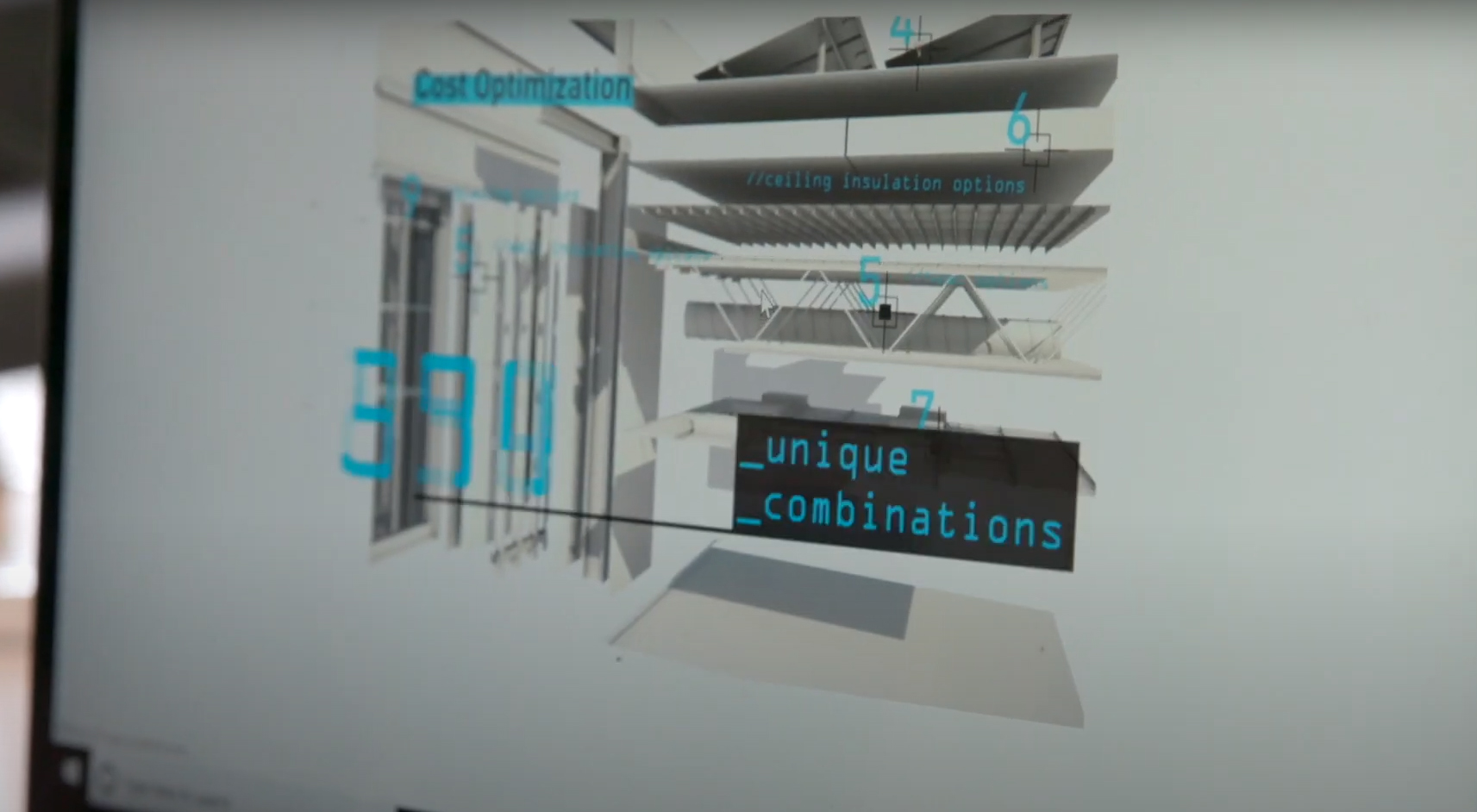Not many people under the age of 30 can claim to have raised more than $5m in venture-capital funding for their building design software, or to have addressed the UN Environment Assembly on the role of design in tackling climate change.
Sandeep Ahuja can.
The cove.tool app she was instrumental in developing relieves architects of the arduous task of calculating how their designs can optimise energy efficiency, sustainability and the wellbeing of occupants.
Three years after its release in Atlanta, Georgia in 2017, it had been used on more than 10,000 projects, proving that what puzzled her as a globetrotting 13-year-old held the key to a vast, untapped market.
In 2020, she was chosen by Forbes magazine as one of its “30 under 30” young entrepreneurs, in its energy category. This week, GCR caught up with her to hear how all this had come about.
Why are buildings the same everywhere?
The daughter of diplomats, Sandeep Ahuja spent her formative years shuttling between Saudi Arabia, Russia and Tanzania, and what struck her in each of these very different places was that their office buildings all looked the same.
“It boggled my mind that they were the same in Riyadh, Moscow,” she told GCR. “I was only a middle-schooler at the time, so it didn’t occur to me to wonder whether maybe the U-values of the walls and windows were different. Later I found that no – they’re exactly the same.”
As an aspiring architect, 13-year-old Sandeep was troubled by this uniform approach to environmental design. After she became an actual architect in New Delhi, she attended a lecture by the late Godfried Augenbroe, a professor at Georgia Tech, the institution often credited with developing the idea of building information modelling (BIM).
Coming to America
A lengthy conversation with Augenbroe convinced her to take a two-year postgraduate course at his High Performance Building Lab in Atlanta, which taught her how to understand a building by breaking it down into elements and analysing their physics. It also confirmed her desire to start her own company, since she believed that would be the only way to develop environmental modelling tools at the pace that was required to influence climate change. Â
After graduating from Georgia Tech in 2012, she joined forces with Patrick Chopson, a colleague in the company where she was working. They gathered around the dining table and formed a consultancy called Pattern R+D, offering modelling services to architects.
In those days, architects relied partly on guesswork and partly on fairly expensive companies like hers to carry out the tedious task of predicting whether a design would comply with local energy regulations.
Sandeep says every time Pattern R+D took on a project, they would write a little bit of code to make the process slightly less tedious.
Shooting themselves in the foot
That formed the kernel of the cove.tool app, software that automates building design for sustainability. They were joined by Patrick’s brother Daniel, a software designer who was then working on Sage accounting software. Sandeep convinced him that saving the planet was more useful, in the long run, than saving money.

The software in action
They had a beta version after seven months of development, and it was a hit.
The company rode a building boom in Atlanta, where air-conditioning means that buildings are responsible for 60% of carbon emissions, rather than the global average of 39%. Sandeep says that in the three years between 2017 and 2020, it acquired 16,000 users in 22 countries, including major players such as Skanska.
These users employed it on 12,000 projects, thereby saving what cove.tool’s developers say is 5.7 million tonnes of carbon.
Ironically, it also undercut Pattern R+D’s business model because it gave architects a way to do without its performance modelling services.
$5.7m in two weeks
But the die was cast. After those first three years, the cove.tool app was sufficiently developed to look for venture capital funding. Sandeep says they encountered sexism and that “a lot of meetings we arranged never materialised”. She points out that in 2018 women entrepreneurs got just 2.2% of VC funding.
Nonetheless, they were able to raise $5.7m of series A funding in two weeks, after which they had the resources to expand the company to 45 employees and add more functionality to the app. Among the new features are drawing and real-time collaboration tools, and more automation to streamline the BIM-to-BEM (building energy model) transition, and enable rapid building prototyping. In the pipeline are versions customised to tackle niche markets.
One particularly timely addition is a way of assessing how pandemic-resistant a design is by drawing a grid on the floorplate. Sandeep gives the example of JLL (the real estate company formerly known as Jones Lang LaSalle), which used the tool to find the best way to reduce office staff from 80 to 30. Other prominent users are schools and colleges who have to work out how best to reconfigure teaching spaces to reduce the likelihood of infections.
All of which shows you can never predict where the curiosity of 13-year-olds will lead.
Top image: Sandeep Ahuja (Cove.tool)
Further reading:






